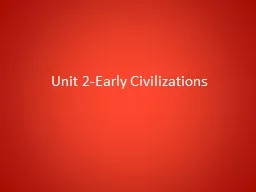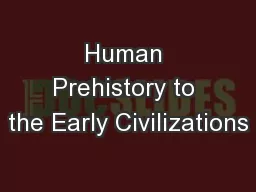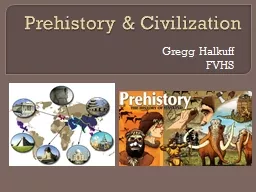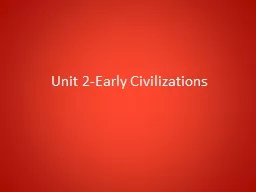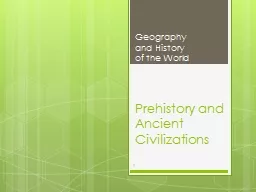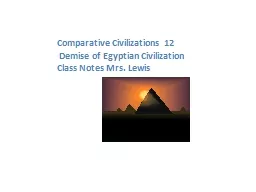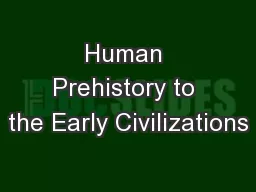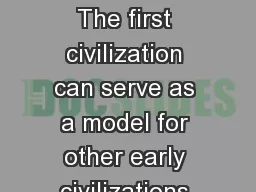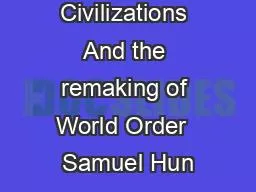PPT-Unit 2-Early Civilizations
Author : test | Published Date : 2016-08-01
Chapter 5 Section 1 Where was ancient Greece found What did Greece lack as a region Why did Greece never unite Who influenced Greek religion How was Homer important
Presentation Embed Code
Download Presentation
Download Presentation The PPT/PDF document "Unit 2-Early Civilizations" is the property of its rightful owner. Permission is granted to download and print the materials on this website for personal, non-commercial use only, and to display it on your personal computer provided you do not modify the materials and that you retain all copyright notices contained in the materials. By downloading content from our website, you accept the terms of this agreement.
Unit 2-Early Civilizations: Transcript
Download Rules Of Document
"Unit 2-Early Civilizations"The content belongs to its owner. You may download and print it for personal use, without modification, and keep all copyright notices. By downloading, you agree to these terms.
Related Documents

